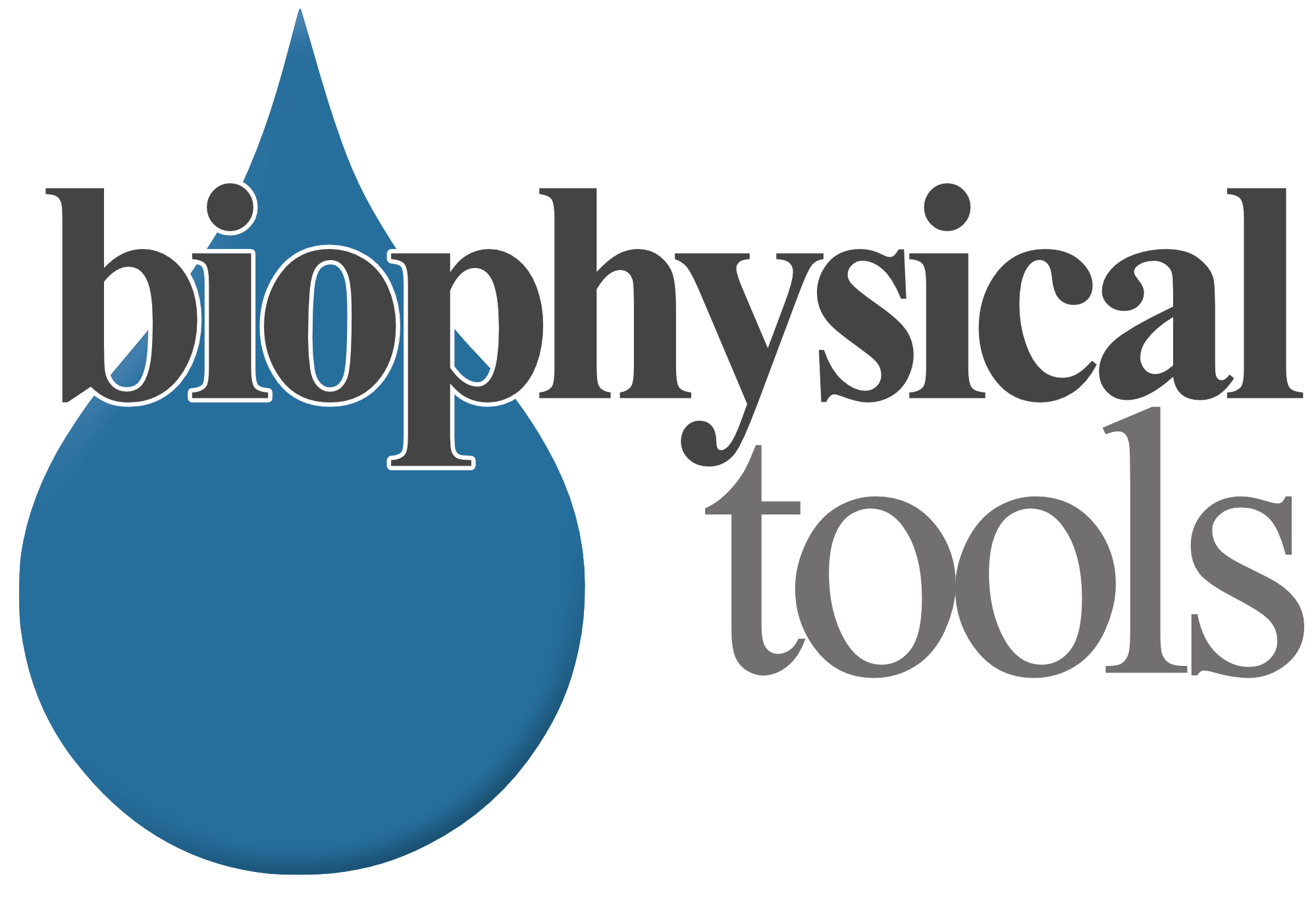
Precise and Stable Pressure-Driven Flow Control in Microchannels – P2CS!
Do you want to push and pull the liquid on a chip or in a capillary gently? Do you want to stop the flow at the place where you can observe it in an optimal way? Do you want to be independent of the volume control at the microscopic scale? Then try the pressure-driven approach in microfluidics.
P2CS is designed for controlling pressure and, thus, the fluid flow in microfluidic experiments and microsystems. Standard version of the pressure control system achieves flow stabilization (100 mbar step) after 17 ms and is free of overshootings.
Droplet Generation with P2CS
Pressure-driven (pressure-based) flow control for generating droplets about 35 µm.
Setup with P2CS
Droplet generation with P2CS
Setup with P2CS
The depicted setup consists of:
- pressure control system
- pressure and vacuum source (PVS)
- content management unit (CMU)
- PC
- microfluidic chip
- camera
Droplet generation with P2CS
The droplet generation with the pressure controller P2CS can be realised in typical manner with two-phase systems, e.g. oil-in-water, air-in-water or vice versa. We typically use T-geometry, Y-geometry, cross-geometry or more complicated channel arrangements for cases, when additional media shall be added later on, e.g. injection of a substance into the droplet.[/text_output]
Applications of the Pressure Control System P2CS
✓ Pressure-driven control in microfluidic applications, e.g. lab-on-a-chip, organ-on-a-chip, point of care, but also capillaries or tubes.
✓ Droplet generation / droplet formation, e.g. in biphasic systems.
✓ Transportation of droplets, cells or other molecules on microfluidic chip or in capillaries.
✓ Implementation of the stop-flow or bidirectional flows in microfluidics.
✓ Experiments with low Reynolds numbers flows.
✓ Polymer and nanotube orientation on chips or in capillaries.
✓ Pressure-driven actuation of membranes and molecules.
✓ Dynamic perfusion during experiment (e.g. in electrophysiology), different mathematical functions are integrated: sine function, saw tooth function for the automated flow.
Advantages of the pressure control system P2CS
✓ Pressure control system is equipped with pressure AND vacuum in each channel, which allows to stop flows as fast as starting them.
✓ No contact with fluids, no contamination, no cleaning is required. All liquids reside externally on-chip.
✓ No slowing down of the system dynamics at extremely low flow rates (at low Reynolds numbers).
✓ Standard version of the pressure control system achieves flow stabilization (100 mbar step) after 17 ms, the fall time is also 17 ms.
P2CS Plus achieves 100 mbar steps in 5 ms.
✓ Pressure controller does not have overshooting or oscillatory settling.
✓ Pressure control system P2CS Plus is controlled with plain-text commands which allows to integrate it in almost all software solutions as LabVIEW, MatLab, scilab, own developments.
✓ Pressure control system P2CS is real time (e.g. pulses have exactly the same length).
